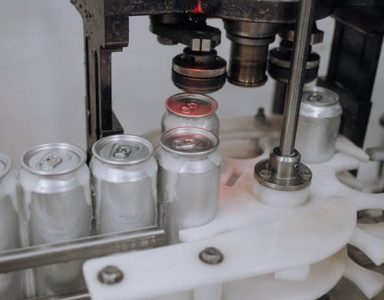On September 14, 2011 we presented a webinar, Sales and Operations Planning: Closing the Gap between People and Processes. The webinar can be viewed on our On Demand Webinar Videos collection. As a follow-up to the well received webinar, we are going to blog about many of the items we covered in the webinar. This is the first in that series.
Sales and Operations Planning is, of course, a business process and methodology. But, even more so it is a journey of continuous improvement. What is the objective of S&OP? The objectives are to impact and improve the large core of the day to day operation of the business. Through better planning and collaboration between the functions of the business, the goals of S&OP can be summarized as follows:
- To proactively balance Supply and Demand to get everyone to agree on:
- One Demand Plan
- One Supply Plan
- Fulfilling the Plan
- Having the right products:
- In the right places
- In the right quantities
- At the right time
- This is done in order to optimize these fundamental business measures:
- Maximize revenues
- Maximize service
- Minimize inventories
- Efficient and effective management of capacity
This is not much to ask for. These are the primary goals of any business. It is what we all do. It is what we all strive for. People have been trying to do this in some form since the earliest days of commerce and trade. In today’s fast paced, complex, and global environment, the need is greater than ever. Markets and economic drivers change at the speed of information. Businesses must be agile and skilled in their planning and execution. Those who are not do not perform well and risk going out of business.
Why then do we struggle with something so fundamental and critical to business?
Engineering and operations management curricula have been teaching Inventory and Production Planning or Management at the undergraduate and graduate levels for years. People have spent their entire careers working in and then leading operations. We struggle with the same problems all the time: basically the same objective that underlie most S&OP implementations.
- Maximize revenues
- Maximize service
- Minimize inventories
- Efficient and effective management of capacity
We should add that we endeavor to do all of the above at or below budget.
Managing operations pre-computers was the balancing flow of information and the flow of goods. The movement of information was excruciatingly slow and inefficient. This mismatch was best exemplified by “The Beer Game” which was a manufacturing and distribution simulation developed at MIT in the 1960s. Since then, there has been a steady improvement in the flow of information.
That flow of information improved with the capability of specialty systems and eventually in the fully integrated Enterprise Resource Planning systems such as SAP and Oracle that we use for end to end business management. ERP systems essentially flip-flops The Beer Game scenario. The information flow used to be the limiting factor for sound Supply Chain Management. That is no longer the case. it is possible to have any and all information available to anyone in the supply chain who wants or needs it.
If the goal is to have the right products in the right places at the right time in the right quantities, it is essential to have the right information in the right places at the right time. This is now possible. This instantaneous access to information is the engine that makes an integrated planning process like S&OP possible. Possible becoming probable with a lot of hard work and continuous improvement. This is, essentially, the focus of this series of blogs.


